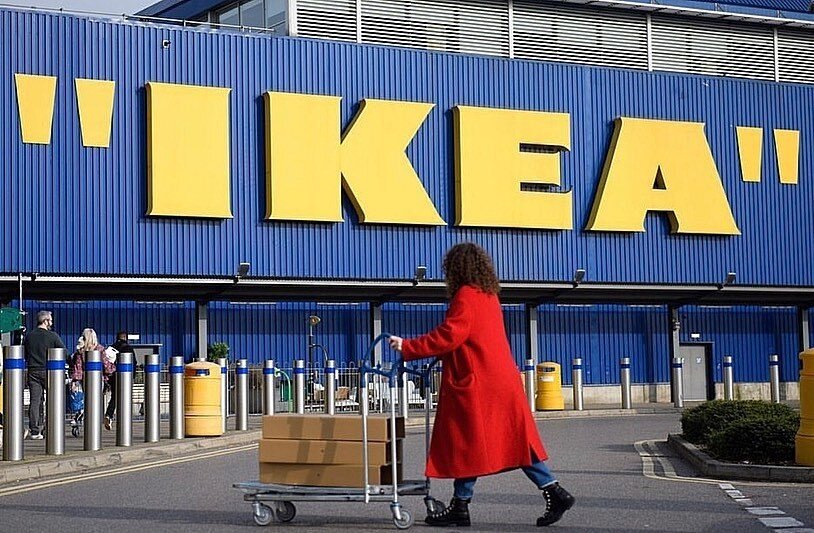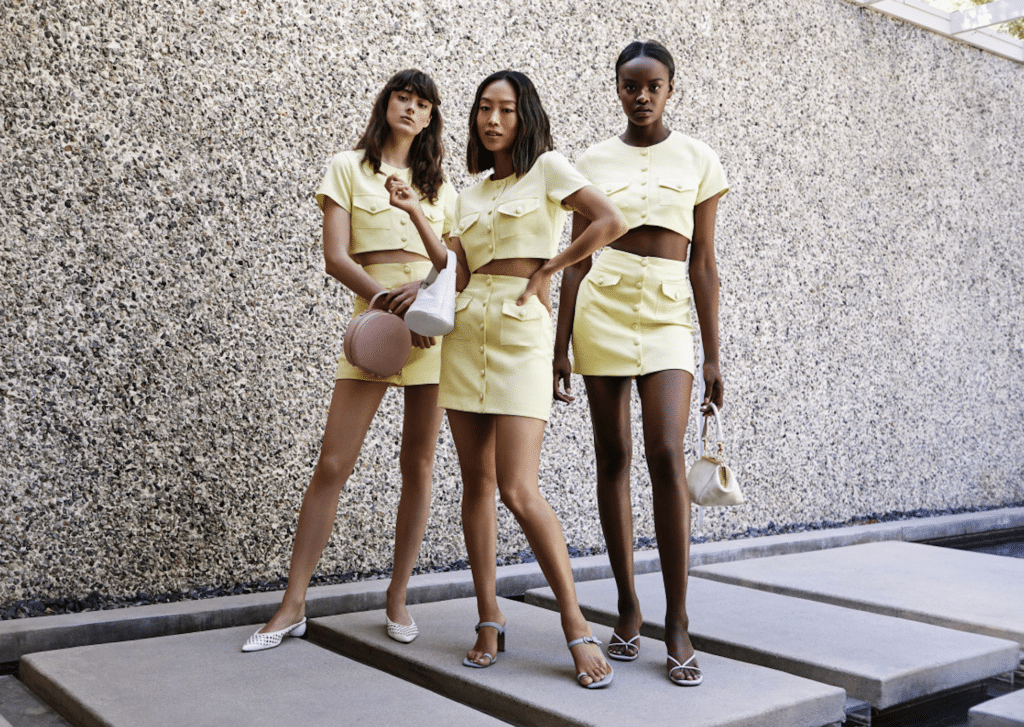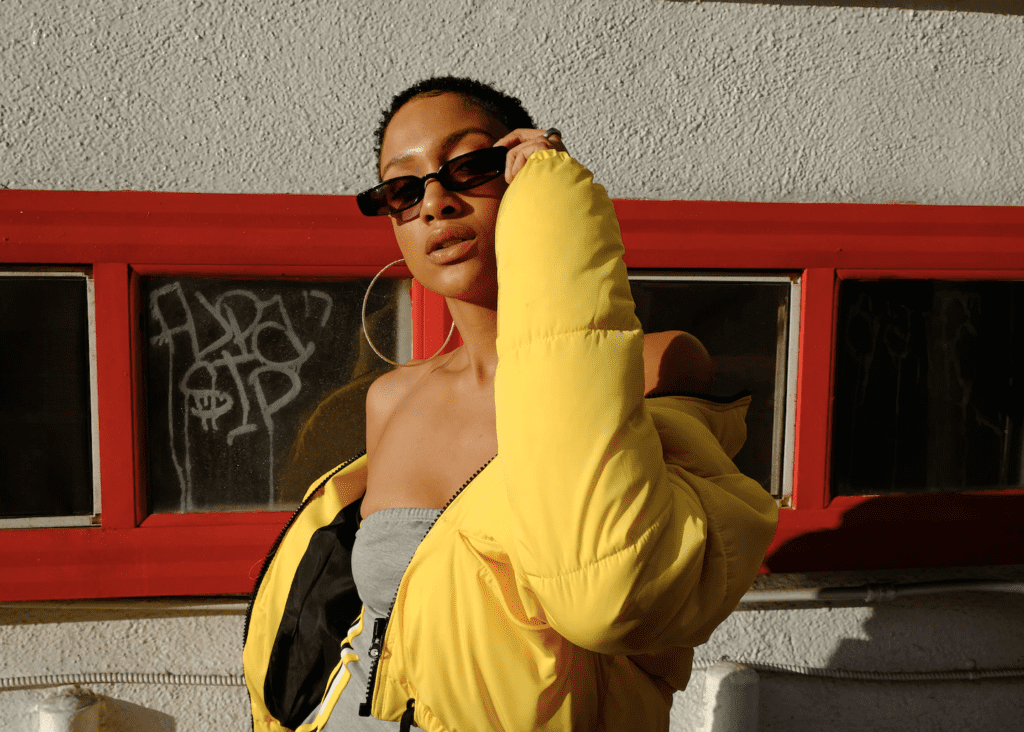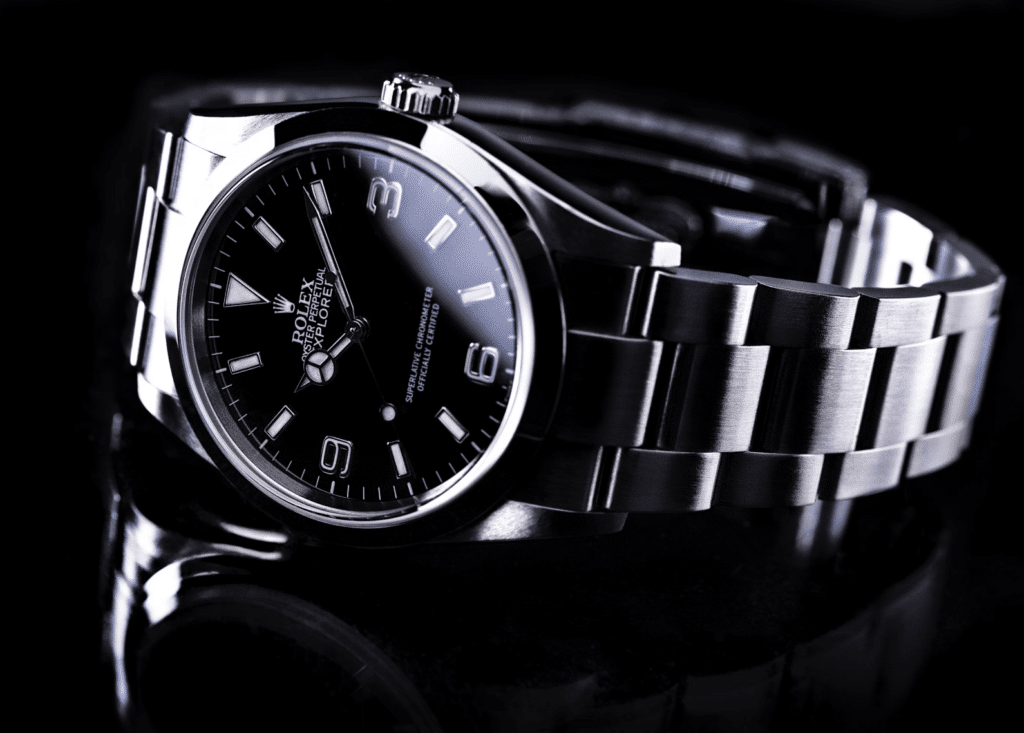The signage adorning one of Ikea’s sprawling outposts got a temporary makeover recently. To coincide with the release of designer Virgil Abloh’s MAKERAD collaboration – which “stylishly fuses functionality with street cred and high cultural references” by way of text-adorned rugs, a light up reproduction of Leonardo Di Vinci’s Mona Lisa, a tool set emblazoned with the word “Homework,” and various pieces of furniture – the Swedish home retailer added a pair of quotation marks to its name on the outside of its store on Wembley in the United Kingdom.
More than merely an Instagram-friendly ploy to drive consumer attention to the Ikea brand and Abloh’s collection given his growing penchant for adding quotation mark-flanked words to garments and accessories, and now homewares, Ikea’s decision to temporarily add quotes to its signage is significant because it marks the “first time in its long history … that Ikea has altered its logo,” according to Hypebeast. But more noteworthy than that is what this just might mean for Abloh’s brand and its ever-expanding arsenal of trademark registrations given that the brand has been looking to claim some exclusive rights in its usage of the quotation marks.
Look beyond the heavily-hyped roll out of the MAKERAD collection and you will see that Abloh’s brand is currently seeking to register one specific use of his quotation marks. In May, Off-White’s legal team filed an application for the words “Product Bag” – along with the quotation marks surrounding them – for use on “clothing, namely “tops [and] bottoms.” If handed a favorable outcome in connection with that application, the brand will likely use it as a jumping off point to claim broader rights in quotation marks.
Should Abloh’s counsel try to expand upon the brand’s already-extensive trademark portfolio of its name and various logos to include quotation marks (as we predicted they might back in 2017), the growing pool of products and Off-White-specific marketing – from Nike sneakers adorned with “Air” and Off-White boots that read “For Walking” to Ikea’s new signage – that include such quotations will prove useful should the brand have to show that consumers link its specific use of quotation marks to a single source. (Such a request for additional evidence might be the case if the U.S. Patent and Trademark Office (“USPTO”) deems the mark to be sufficiently unusual.)
The big issue when it comes to the federal protection of Off-White quotation marks, however, is not whether the brand can establish secondary meaning – i.e., consumers’ abilities to link Off-White’s use of quotations with a single source – by pointing to examples like the new Ikea signage. It is also not the quotation marks themselves, as quotation marks have, in fact, been found to be registerable by the USPTO, and to date, a wide array of registrations have been issued for trademarks that consist of a word or words in quotation marks, and registrations have been issued for stylized quotations marks themselves.
Instead, the key issue would whether or not the USPTO would deem Off-White’s quotation marks mark to be a “phantom” mark and thus, refuse to register it.
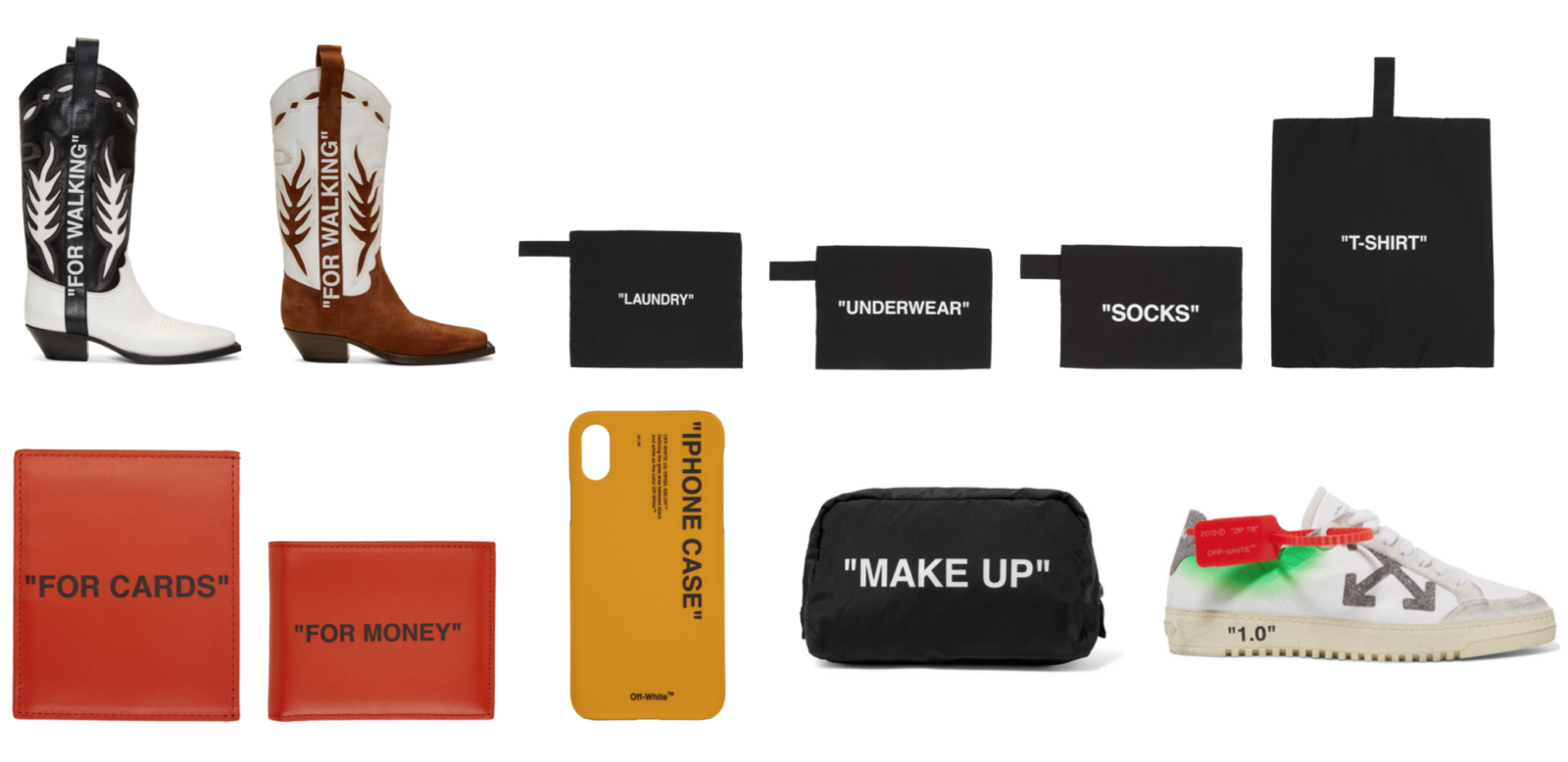
If Off-White were to file an application for registration for quotation marks in connection with its practice of swapping in an array of different words depending on the type of product upon which they appear, the mark would look something like this : “ xxxxx ” with the x’s standing in for words like “Shoelaces”, “Cash Inside”, “Product Bag”, etc. The fact that the applied-for mark would be missing an integral but frequently subject-to-change element – the words inside, as represented by the “ xxxxx ” placeholder – would undoubtedly raise a red flag because that is the definition of a phantom mark, which tend to be unregistrable.
While trademark “applicants have a lot of latitude to define the mark they seek to register, and sometimes they want one part that stays the same and [with another] part that changes,” trademark attorney and former USPTO examiner Ed Timberlake says, the USPTO does have some limits, namely, its ban on marks that contain a significant changeable or phantom element.
For instance, as the Federal Circuit decided back in 1999, in reviewing a decision from the USPTO, the mark “LIVING XXXX” – where “XXXX” referred to a specific herb, plant, fruit or vegetable – was unregistrable because the “XXXX” portion was a significant element of the mark and would encompass so many potential variations of the mark. More recently, the USPTO’s Trademark Trial and Appeals Board held in a precedential decision that the marks “NP—–” and “SL—–” – in which the place holding “—–” represented up to three numeric digits – were phantom marks ineligible for registration “in part because the possible range of meanings that could arise from the digits was unclear,” per TTABlog.
Some phantom marks may be deemed registrable, such as when the number of interchangeable elements is limited. This line of reasoning, however, paired with the general unwillingness of trademark bodies and the courts to register trademarks that clearly include phantom elements does not bode well for Off-White since the word(s) inside the quotation marks are a core part of the trademark, and the supply of different words that the brand might opt to put in between the quotations – and to date, has actually used in between the quotations – is vast and thus, might not actually serve as a single trademark, which is required for a registration.
Still yet, even if Off-White could get past a potential phantom mark challenge, there is a chance that the USPTO would take issue with the mark depending on the words, themselves, and the product upon which they appear. This is what the USPTO did in connection with Off-White’s pending “Product Bag” application. Since the example that Off-White provided of its use of the “Product Bag” mark consisted of the “Product Bag” mark on a product bag, the USPTO examiner preliminarily determined that the mark “merely references” – or describes – “the packaging for the goods,” as opposed to serving as an indicator of the source of the product in the same way that the Off-White name, for instance, does.
The same could potentially hold true for an array of Off-White’s other uses of the quotation marks – “Pouch” when used on a small bag or “Backpack” on a backpack or “iPhone Case” on an … iPhone case, come to mind.
But chances are, before any attempts by Off-White to seek broad protections for its quotation marks, it will focus on its “Product Bag” application, which is still pending before the USPTO.







